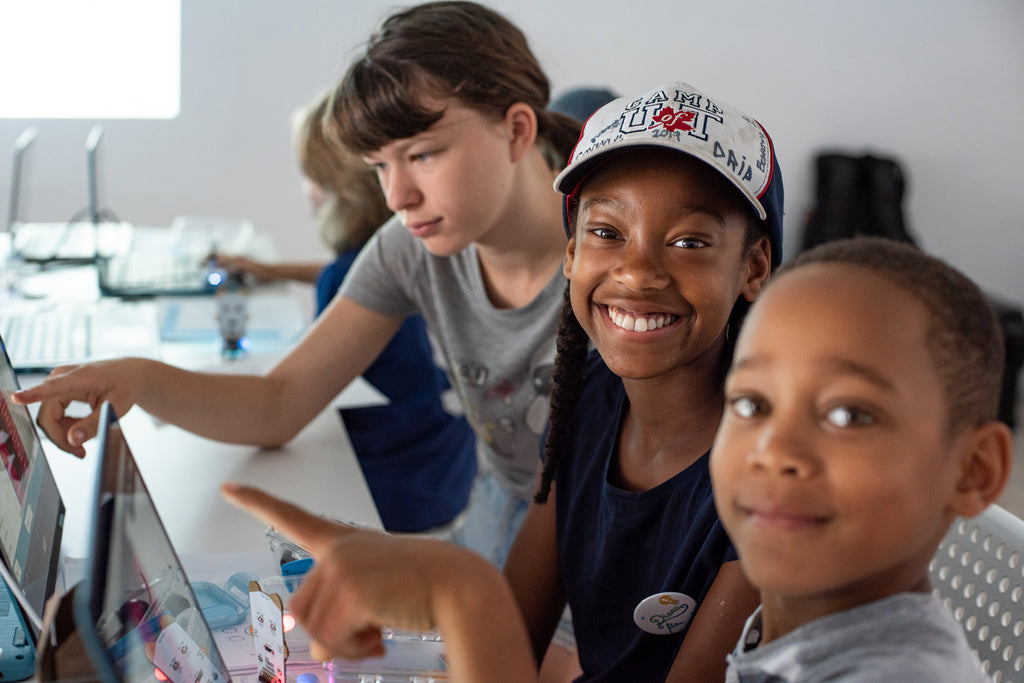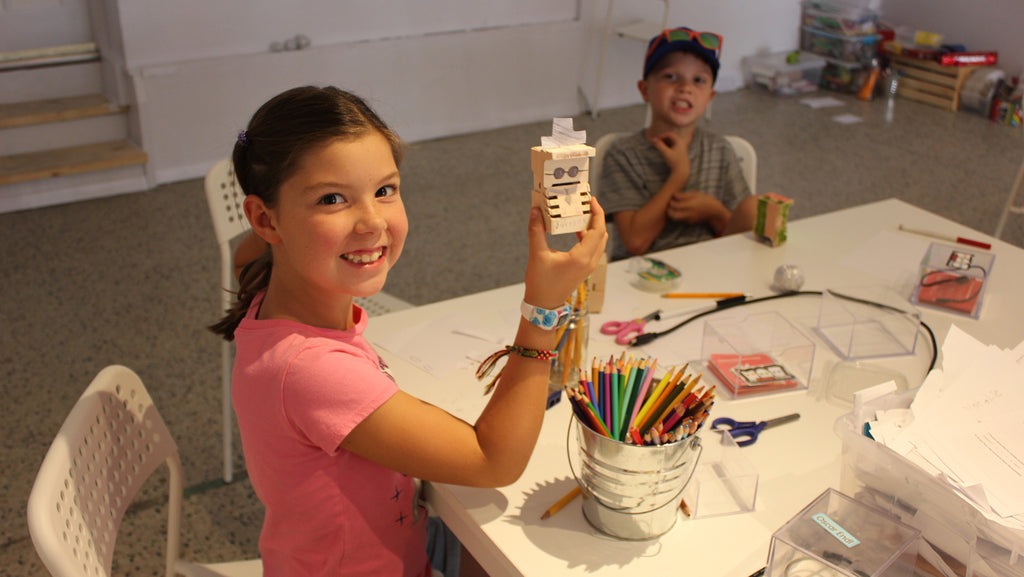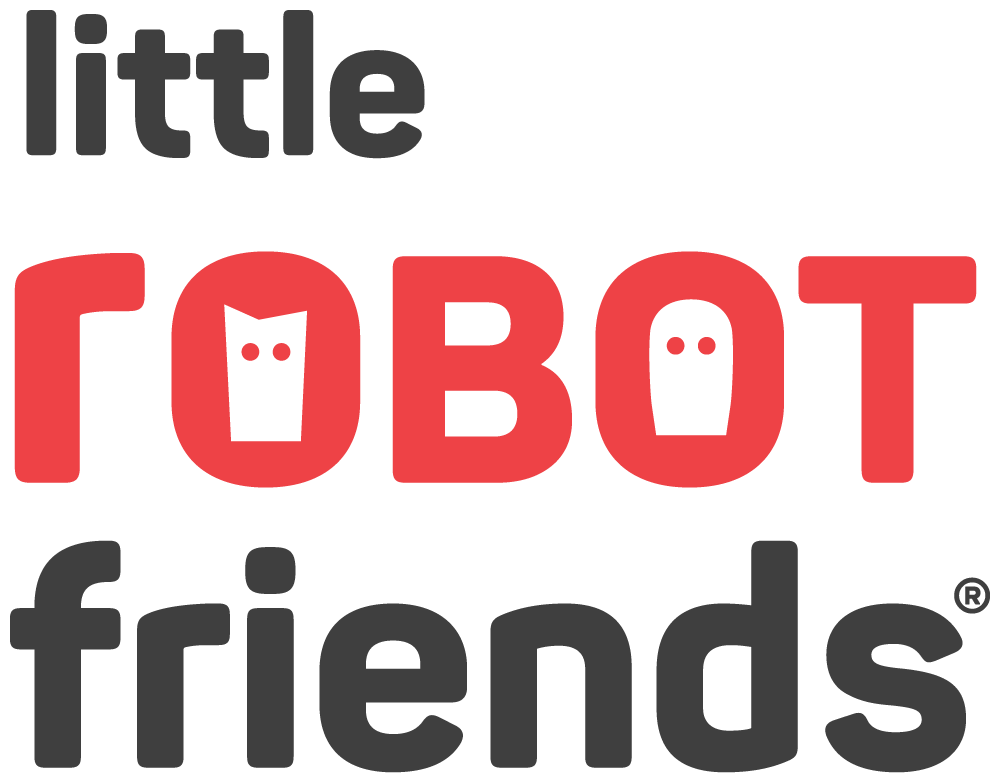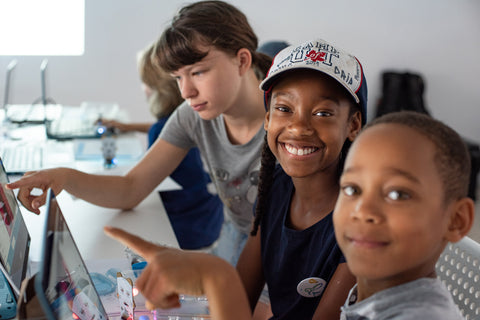
Kids are a constant reminder of how quickly time goes by. It seems like yesterday that we were juggling feedings and diapers, and now we’re juggling screen time and extra curricular!
Becoming a parent was one of the most transformative thing that happened to me. I am learning new things through the eye of my six year old every day. At the same time, knowing that his future rests in my hands makes parenting feels like an impossibly enormous task.
The challenge in raising future-ready kids is that the world changes so rapidly, and there’s a lot of uncertainty about what their future will look like. As we look back at this past decade to new industries and economies that were created, we recall that a whole set of job categories weren't even around ten years ago. One of our favourite stats: the World Economic Forum has predicted that 65% of primary school children will end up in careers that don’t yet exist.
Even though our main focus at Little Robot Friends is teaching coding and technology - these things are the tools of today. How do we also teach them the tools for tomorrow so they can apply it no matter what holds?
Here are the top skills we foster:
STEAM + SEL
There’s lots out there about the importance of STEM (Science, Technology, Engineering, and Math). We also like to add the A for Art into the acronym. The great thing about teaching STEAM holistically, not as separate subjects, is that it promotes curiosity, creativity, hands-on learning, problem solving, sequencing and a myriad of other important skills that help to build confidence.
Social emotional learning, known in the education world as SEL (educators, they love their acronyms!) is the teaching of, what some refers to as, "soft skills". SEL places emphasis on emotional awareness, empathy, compassion, social and relationship building.
While there's a shortage of workers in STEM careers in the past few years, by the same token, employers report that they biggest trait they look for in a new hire is emotional IQ, and their ability to connect with others.
A Growth Mindset
Having a growth mindset is one of the factors that’s been proven time and again to influence success. A child’s mindset influences everything they do – from taking risks and accepting feedback to trying new things and looking for solutions to difficult problems.
One of the amazing things about your child’s brain is that it’s capable of changing and improving. That means that if your child adopts a growth mindset, they will learn that success is a result of practice and perseverance rather than a fixed amount of talent.
A growth mindset develops perseverance, a skill that’s necessary for future success. As kids learn to try and bounce back from setbacks, they begin to understand how each mistake leads to improved results. In turn they begin to encourage themselves and others as they realize that improvement is both necessary and possible.
If you haven't seen it, we have put together this Guide to Supercharge a Growth Mindset in Your Kids.

It all comes down to this: Grit, Creativity and Logic
STEAM, SEL and fostering a growth mindset help to promote grit, creativity and logic. Here’s why these three skills are so important:
1. A child with grit has the resiliency to keep trying, which is critical to developing a growth mindset. I know it sounds like I'm talking in a circle, but growth mindset is the perpetuated machine that will continue to unlock future potential.
2. Creativity is critical to self-expression and is a precursor to solving problems and seeing the world in new ways, making it a skill that every future-ready kid should have.
3. Logic is necessary to understand the world, to filter through information to find solutions, break big problems into smaller chunks, and to make plans come to life. From building new things to creating solutions, logic is a skill worth developing.
Ultimately, STEM, SEL and a growth mindset help kids develop critical core competencies, positive emotional responses, social skills and self-awareness. These skills help kids learn to interact positively with others, overcome challenges, and face the failures and setbacks that are a normal part of life.
Much more than being able to find and hold down a job, whatever the future career, new problems, and opportunity awaits, we need to raise future adults who are ready to face them with creativity and resiliency.

